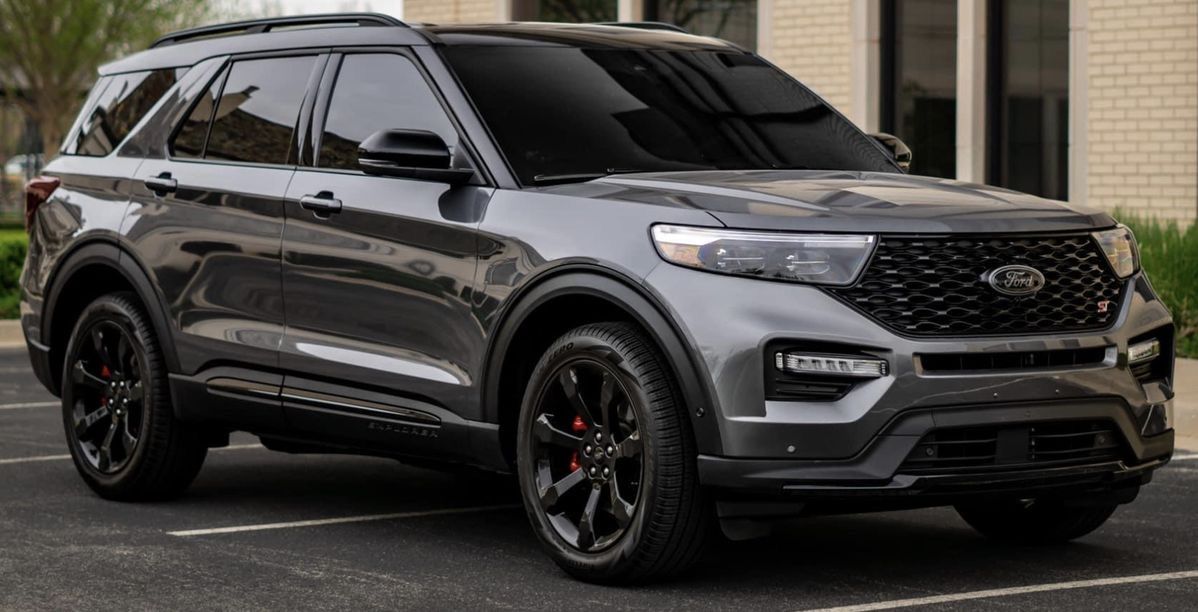Ford has been a cornerstone of American automotive manufacturing for over a century, producing a wide variety of cars, trucks, and SUVs that have helped shape the way we drive.
From the workhorse trucks that defined durability to the sporty Mustangs that captured our hearts, the brand has a long legacy of innovation and performance. However, not every vehicle bearing the blue oval has been a shining example of reliability.
In fact, Ford’s history is a mixed bag. Some models have stood the test of time and continued to run strong well beyond the 200,000-mile mark, while others have suffered from persistent engine issues, electrical problems, or poor build quality that left owners with more frustration than fond memories.
In this blog, we’ll break down 5 Fords you can absolutely rely on—vehicles known for their durability, performance, and overall customer satisfaction. But for balance, we’ll also discuss 5 Fords you might want to avoid, based on repair records, consumer complaints, and reliability ratings.
Whether you’re in the market for a used vehicle or just love knowing the highs and lows of automotive history, this list will help you separate the long-haulers from the lemons.
5 Fords You Can Rely On
Ford has delivered some true gems over the decades. These five models have proven themselves through thick and thin, often clocking hundreds of thousands of miles with minimal issues. Here’s a look at five of the most reliable Fords that continue to earn respect on the road.
ALSO READ: 5 Toyota Cars That Go Forever and 5 That Fall Apart Early
1. Ford F-150 (2009–2014)
Arguably the most iconic truck in America, the Ford F-150 from the 2009–2014 generation is a top-tier pick for reliability. These models were built on a solid frame and offered a lineup of durable engines, including the 5.0L V8 and 3.5L EcoBoost V6. Owners regularly report these trucks reaching 200,000+ miles with routine maintenance.
What makes these F-150s stand out is the combination of comfort, utility, and mechanical dependability. Whether you’re towing heavy loads, commuting daily, or using it as a family vehicle, this generation consistently holds up.
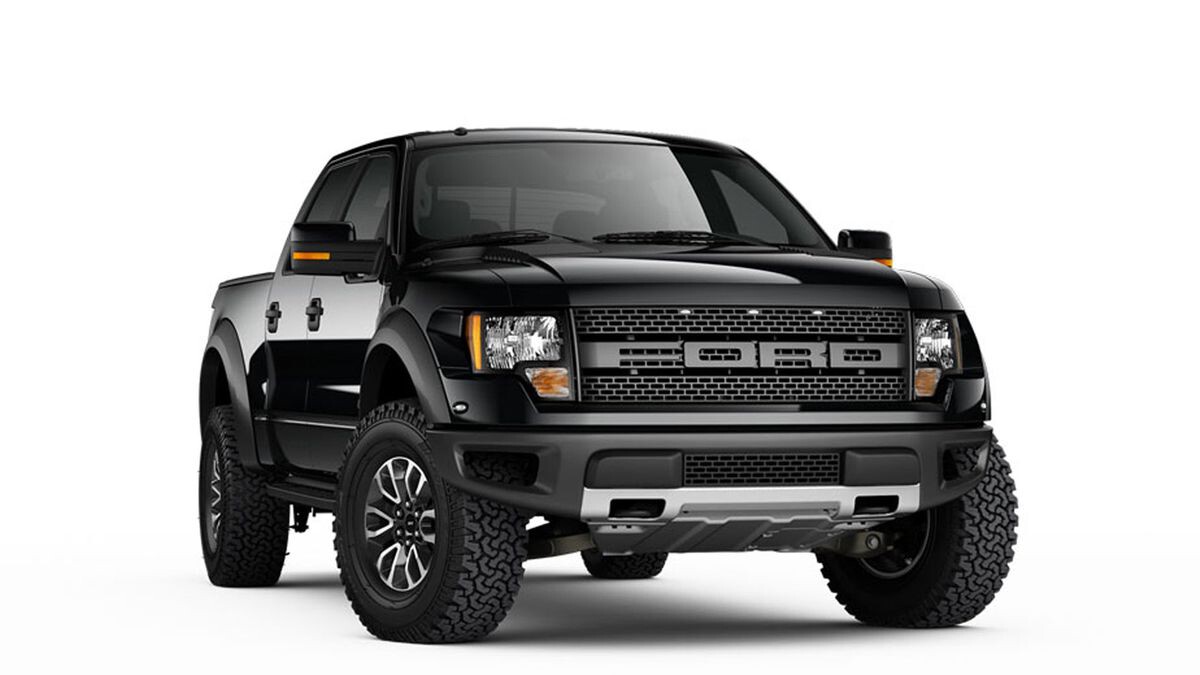
Unlike some earlier or later models, these years strike a sweet spot with fewer widespread transmission issues and engine failures.
Furthermore, these F-150s have favorable safety scores and straightforward repair procedures, making long-term ownership more cost-effective. The availability of parts and ease of DIY fixes only add to their appeal.
If you’re searching for a used truck that won’t drain your wallet with repairs and still gets the job done, the 2009–2014 F-150 is an excellent choice. It’s one of Ford’s most battle-tested vehicles, and the used market reflects its popularity for good reason.
2. Ford Escape (2015–2019)
The 2015–2019 Ford Escape represents a refined generation of compact SUVs known for solid dependability and surprising comfort. This generation saw Ford address several reliability issues found in earlier models, leading to stronger performance and better consumer satisfaction.
Powered by efficient yet capable EcoBoost engines, the Escape offers peppy acceleration and decent fuel economy. The 1.5L and 2.0L turbocharged variants have proven reliable when maintained properly. Interior quality also improved in these years, offering a quiet cabin, updated tech features, and smart safety systems.
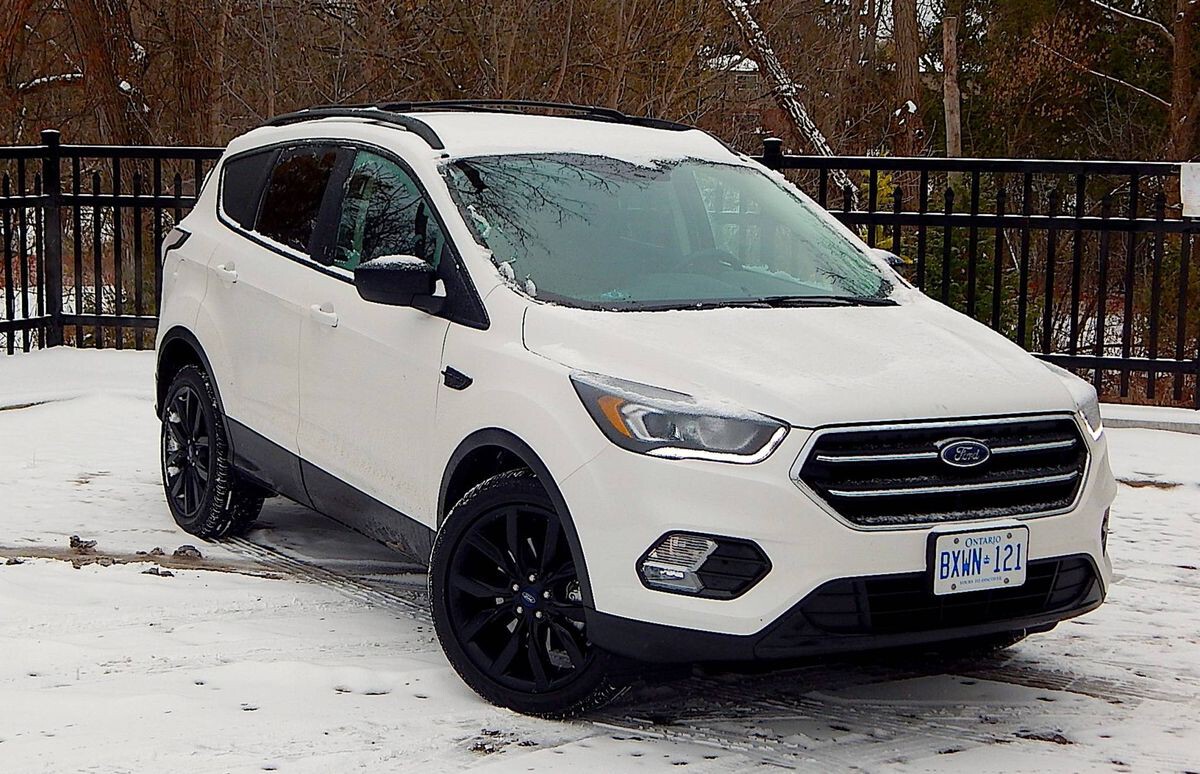
One of the Escape’s strengths lies in its versatility. It’s compact enough for city driving but roomy enough to handle weekend road trips or grocery hauls. Mechanical systems, such as the transmission and suspension, are well-engineered in these years, reducing the likelihood of early wear and tear.
Owners appreciate its consistent performance and relatively low ownership costs. Unlike some of its competitors in the segment, this Escape doesn’t commonly suffer from engine fires or transmission replacements—a big win for anyone looking for a budget-friendly SUV.
For commuters or small families looking for a dependable crossover, this generation of the Escape hits a near-perfect balance of reliability and utility.
3. Ford Fusion (2013–2020)
The Ford Fusion has long been a favorite among midsize sedan buyers, and the 2013–2020 models especially shine in terms of reliability and design. With its upscale looks, composed ride, and range of engine options, the Fusion is a practical and dependable choice that doesn’t feel boring.
During these years, Ford introduced a variety of trims and powertrains, including a fuel-efficient hybrid version and an energetic turbocharged 2.0L engine. The Fusion’s balanced handling, sturdy chassis, and well-insulated cabin make it a great everyday car. Importantly, these models also avoided the chronic transmission failures that plagued some other Ford vehicles.
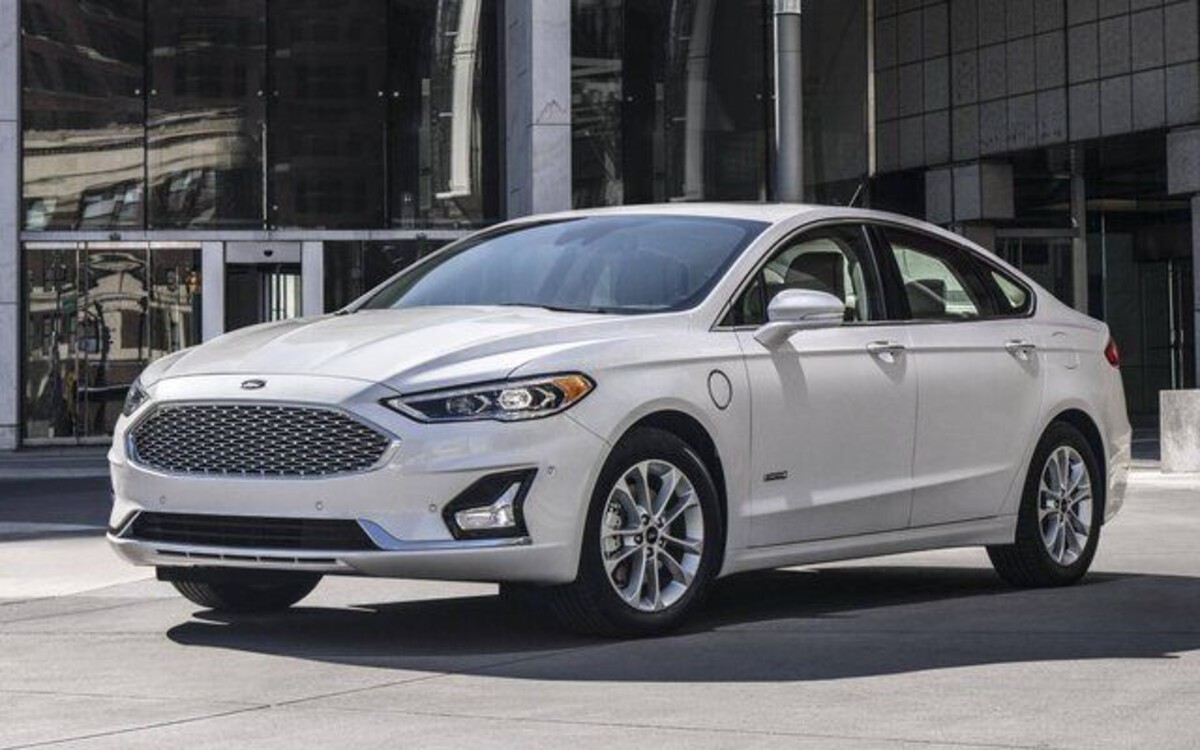
Regular maintenance keeps these Fusions running strong well past 150,000 miles. Unlike earlier versions, there are fewer reports of electrical gremlins or HVAC issues in this range. The hybrid versions, in particular, have built a strong reputation for longevity and low running costs.
Add in strong crash-test scores and modern features like adaptive cruise control and blind-spot monitoring, and you have a safe, reliable sedan that doesn’t break the bank. For drivers who want a car that handles business without drama, the 2013–2020 Ford Fusion remains a top contender in the used car market.
4. Ford Ranger (2011–2012, 2019–Present)
The Ford Ranger has always been a beloved nameplate, and its 2011–2012 farewell and 2019 comeback both delivered on reliability. The earlier models, though basic, are mechanical workhorses with engines like the 2.3L and 4.0L that are known for simple, long-lasting performance.
After a hiatus, Ford brought back the Ranger in 2019 with a modern twist, and the results were impressive. The 2.3L EcoBoost engine paired with a 10-speed automatic transmission offers plenty of torque and solid gas mileage. Reliability ratings for this new-gen Ranger have been positive, with few widespread mechanical problems reported.
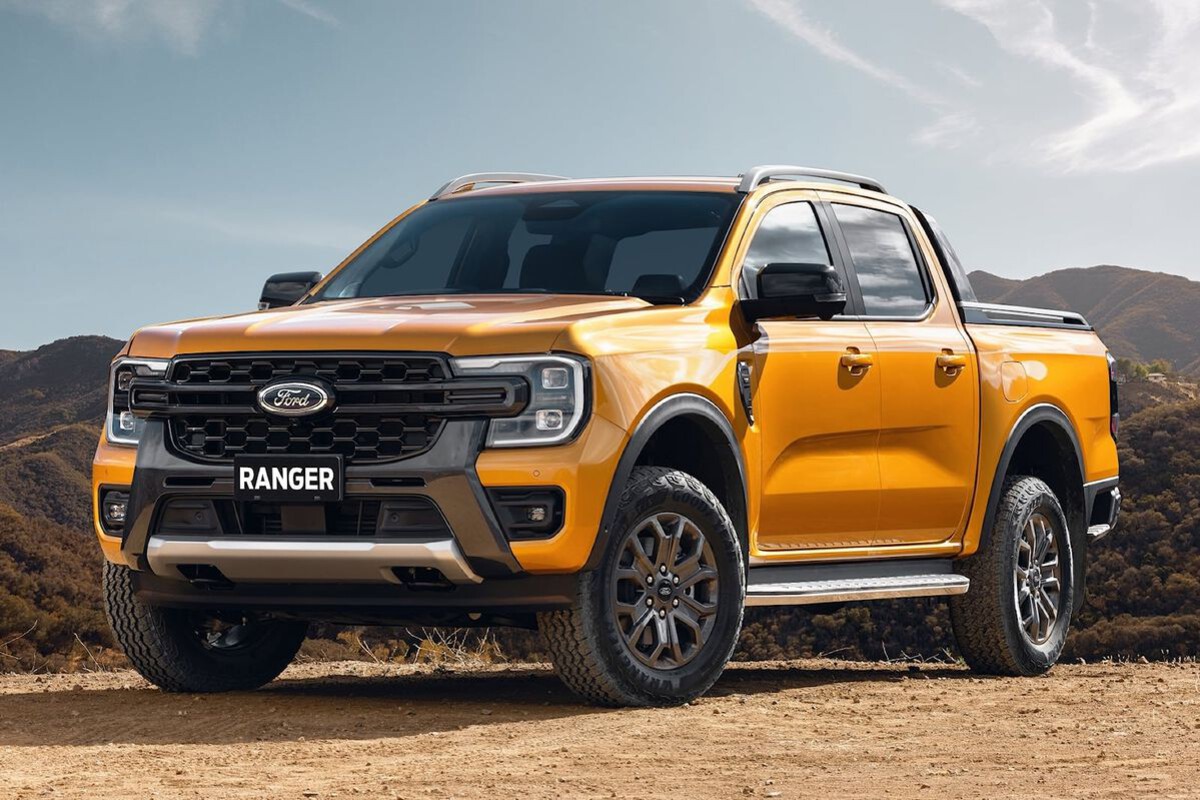
What makes the Ranger stand out is its no-nonsense approach to trucking. It’s smaller than the F-150, making it ideal for urban drivers or weekend adventurers. The newer model is equipped with the latest tech and safety features while retaining its ruggedness.
Owners of both generations report high satisfaction, especially for their reliability and cost of ownership. Whether you go old-school or modern, the Ranger is a solid choice if you want a truck that does its job without complaining.
5. Ford Crown Victoria (1998–2011)
No list of reliable Fords is complete without the legendary Ford Crown Victoria. A favorite of police departments and taxi fleets across North America, the Crown Vic is known for its near-bulletproof 4.6L V8 engine and body-on-frame construction.
Built like a tank, this car was designed for abuse. Its simple mechanical layout, robust drivetrain, and ease of maintenance make it one of the longest-lasting sedans ever produced by Ford. Many examples still roam the roads today with 300,000+ miles on the odometer.
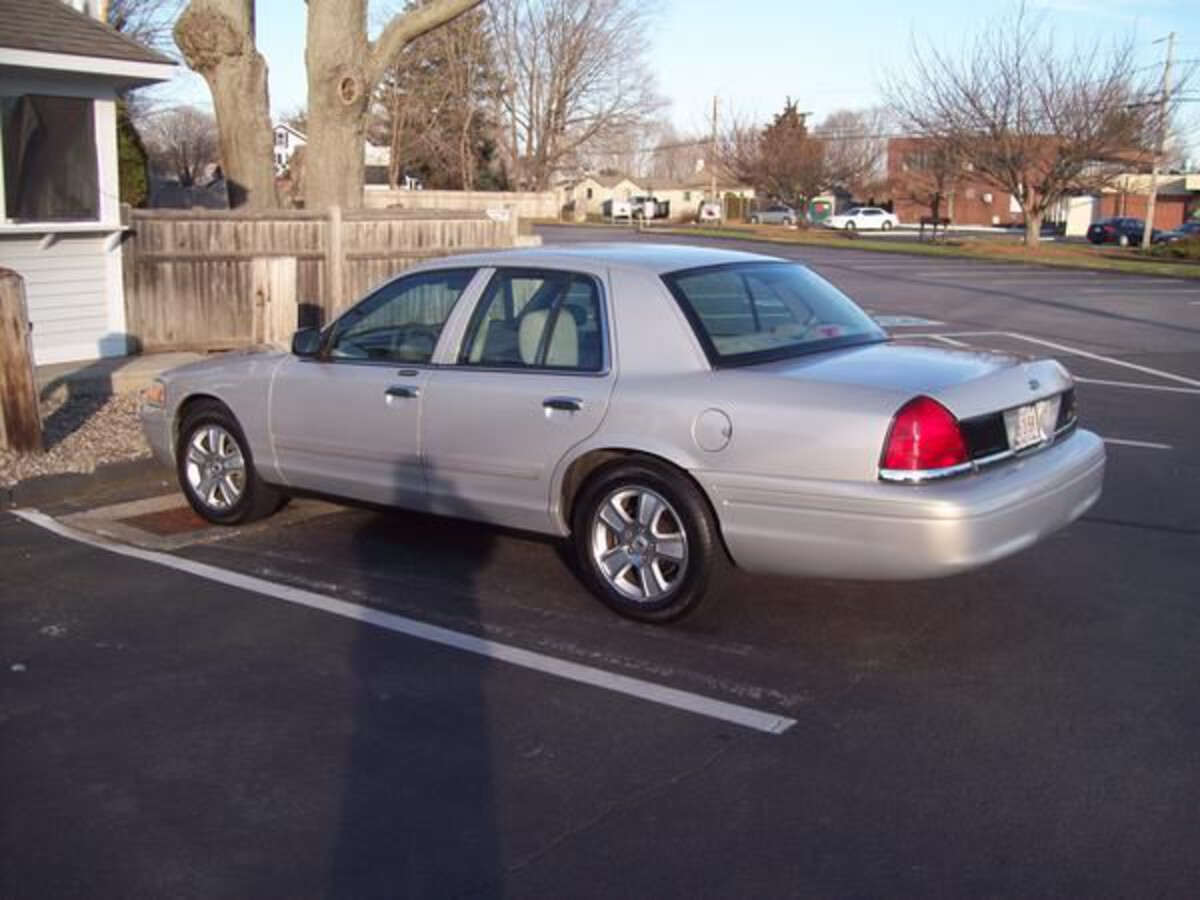
What makes it truly reliable is how forgiving it is. Maintenance is straightforward, parts are abundant and cheap, and the car doesn’t suffer from the complex electronic issues that plague modern vehicles. It’s not flashy, but it will start every day, even in extreme conditions.
If you’re looking for a reliable, low-cost daily driver and don’t mind sacrificing modern features or a sleek design, the Crown Victoria is your best bet. It’s a durable dinosaur in the best possible way.
5 Fords You Shouldn’t Touch
While Ford has had its hits, it’s also made its share of misses. These five vehicles have been plagued by poor reliability, costly repairs, and mechanical issues that outweigh their benefits. Avoid these models if you want to steer clear of repeated garage visits and frustration.
ALSO READ: 5 Honda Engines That Last Forever and 5 That Don’t
1. Ford Focus (2012–2016)
The 2012–2016 Ford Focus should’ve been a hit—stylish, fun to drive, and fuel-efficient. Unfortunately, it’s widely considered one of Ford’s biggest reliability flops. The biggest issue lies with its problematic PowerShift dual-clutch transmission, which has led to class-action lawsuits and widespread owner complaints.
Many Focus owners report shuddering, jerking, slipping gears, or outright failure of the transmission, sometimes even after multiple repairs. Ford did issue recalls and extended warranties, but many customers were still left footing the repair bills or stuck with recurring problems.
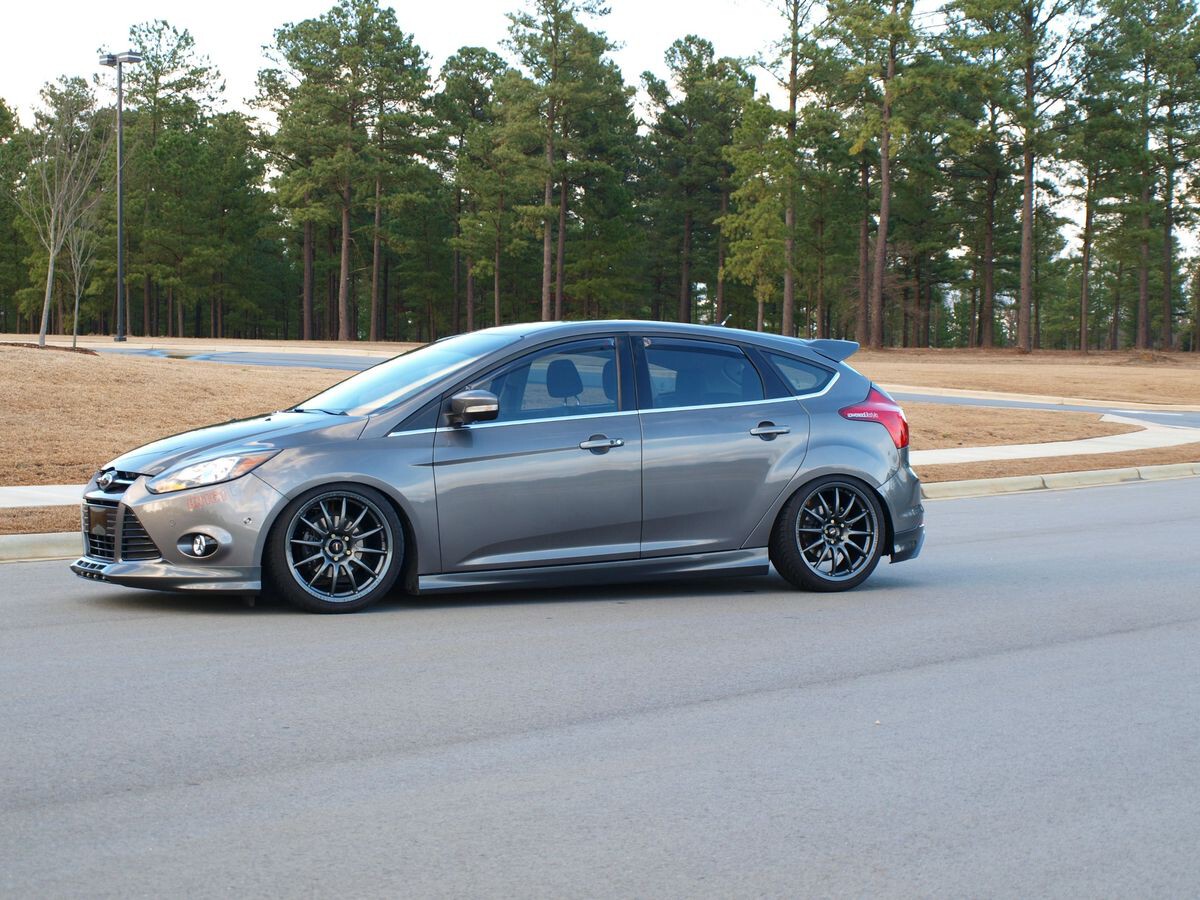
Aside from transmission woes, these models also suffer from electrical gremlins, engine stalling, and subpar interior build quality. Even though they look good on paper—and can be found cheap in the used market—they’re often not worth the headache.
In short, what could’ve been a standout compact car turned into a cautionary tale. Unless you’re getting a near-new one with a full service history and a warranty, you’re better off steering clear of this generation of the Focus.
2. Ford Explorer (2002–2006)
The early-2000s Ford Explorer was a bestseller at the time, but it’s now infamous for its poor reliability and build quality. This generation, especially between 2002 and 2006, was plagued by serious transmission failures, suspension issues, and premature engine problems.
Many owners reported transmission failure around 60,000–100,000 miles, often requiring expensive repairs or replacements. The rear suspension and wheel bearings were also common failure points, leading to unsafe handling and uneven tire wear. Combined with mediocre fuel economy and a plasticky interior, the overall package disappointed many owners.
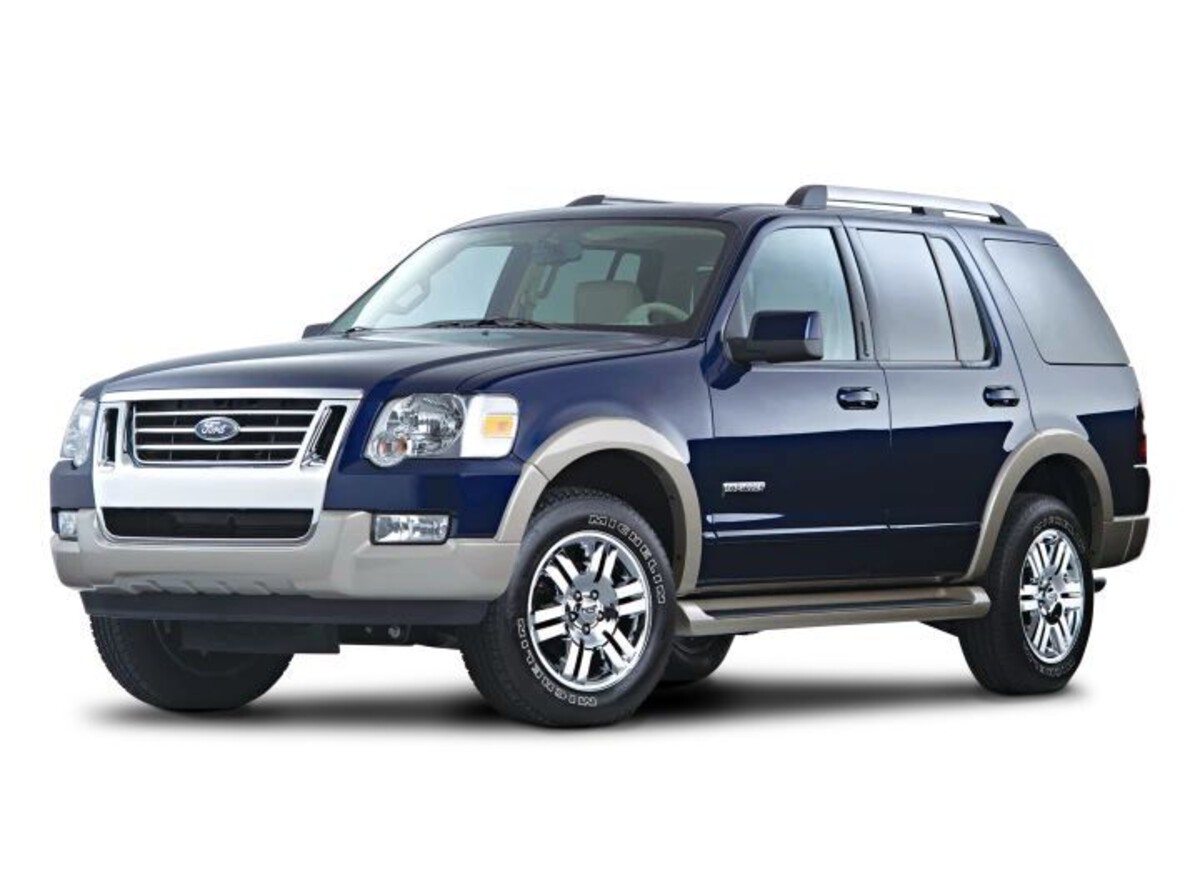
While the Explorer name has seen redemption in later years, this particular era left a stain on its reputation. Despite its spacious cabin and decent towing capability, it became known more for trips to the mechanic than family vacations.
If you’re shopping for a used SUV, this version of the Explorer might seem like a bargain—but don’t be fooled. The low up-front cost often leads to high long-term expenses.
3. Ford Edge (2007–2010)
The first-generation Ford Edge, particularly the 2007–2010 models, started off with promise but quickly earned a reputation for being unreliable. Though stylish and spacious, this midsize crossover struggled with a range of mechanical and electrical problems that turned many buyers away.
A major issue was its poorly performing transmission, which was prone to harsh shifting, hesitation, or complete failure—sometimes well under 100,000 miles. Electrical problems were another thorn in the side for owners, including faulty instrument clusters, malfunctioning door sensors, and unpredictable climate control systems.
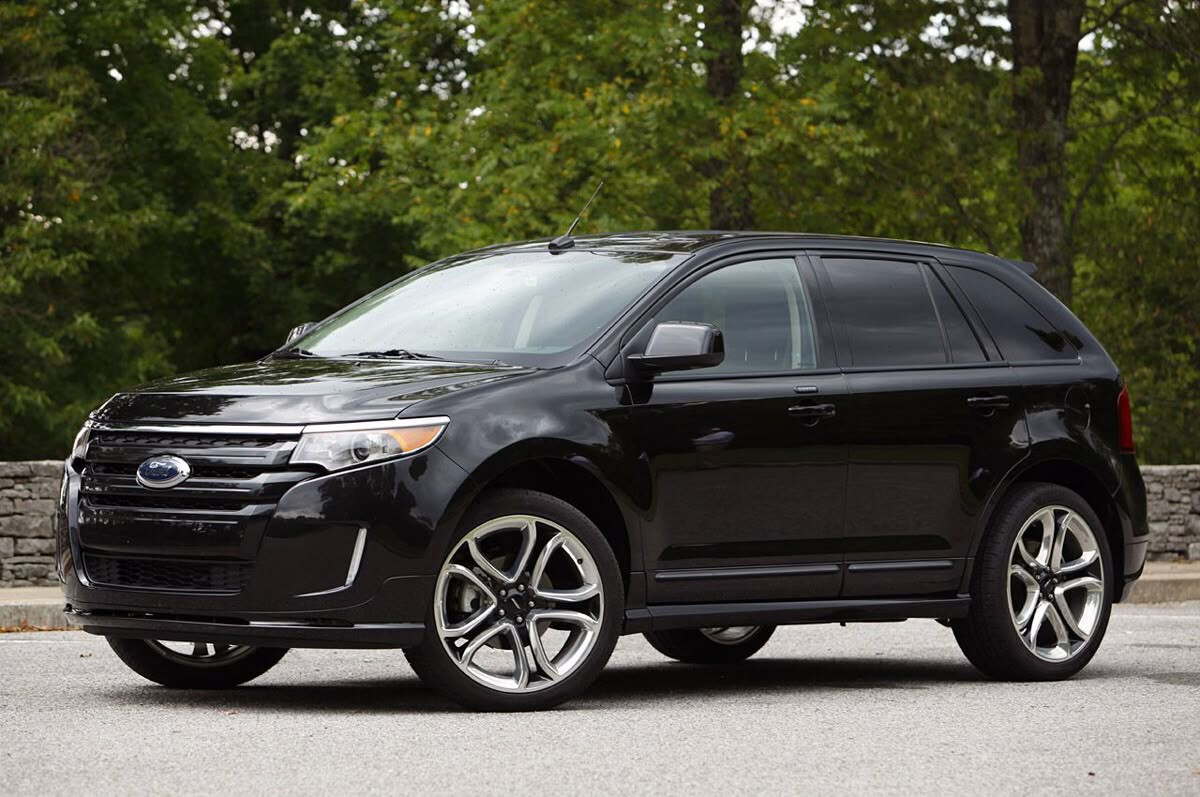
Many also complained of water leaks in the cabin due to defective seals and weatherstripping.
While the 3.5L V6 engine was decent, it didn’t make up for the vehicle’s other shortcomings. The Edge’s reliability scores during these years were consistently below average, and maintenance costs quickly added up.
Though newer versions of the Edge have seen improvements, the 2007–2010 models are best avoided unless you’re ready for the risk and potential expense. For a vehicle that’s supposed to offer family-friendly practicality, the first-gen Edge fell far short of expectations.
4. Ford Fiesta (2011–2016)
The Ford Fiesta, like the Focus, was meant to be a game-changer in the small car segment. Stylish, affordable, and fun to drive, it caught attention quickly. Unfortunately, beneath the appealing exterior of the 2011–2016 Fiesta lies one of Ford’s most problematic vehicles.
At the heart of the issue is the same PowerShift dual-clutch transmission that plagued the Focus. Owners complained of rough shifts, stalling, and even complete transmission failure—often happening at low mileage. In some cases, repairs didn’t fully fix the issues, leading to repeated breakdowns and mounting frustration.
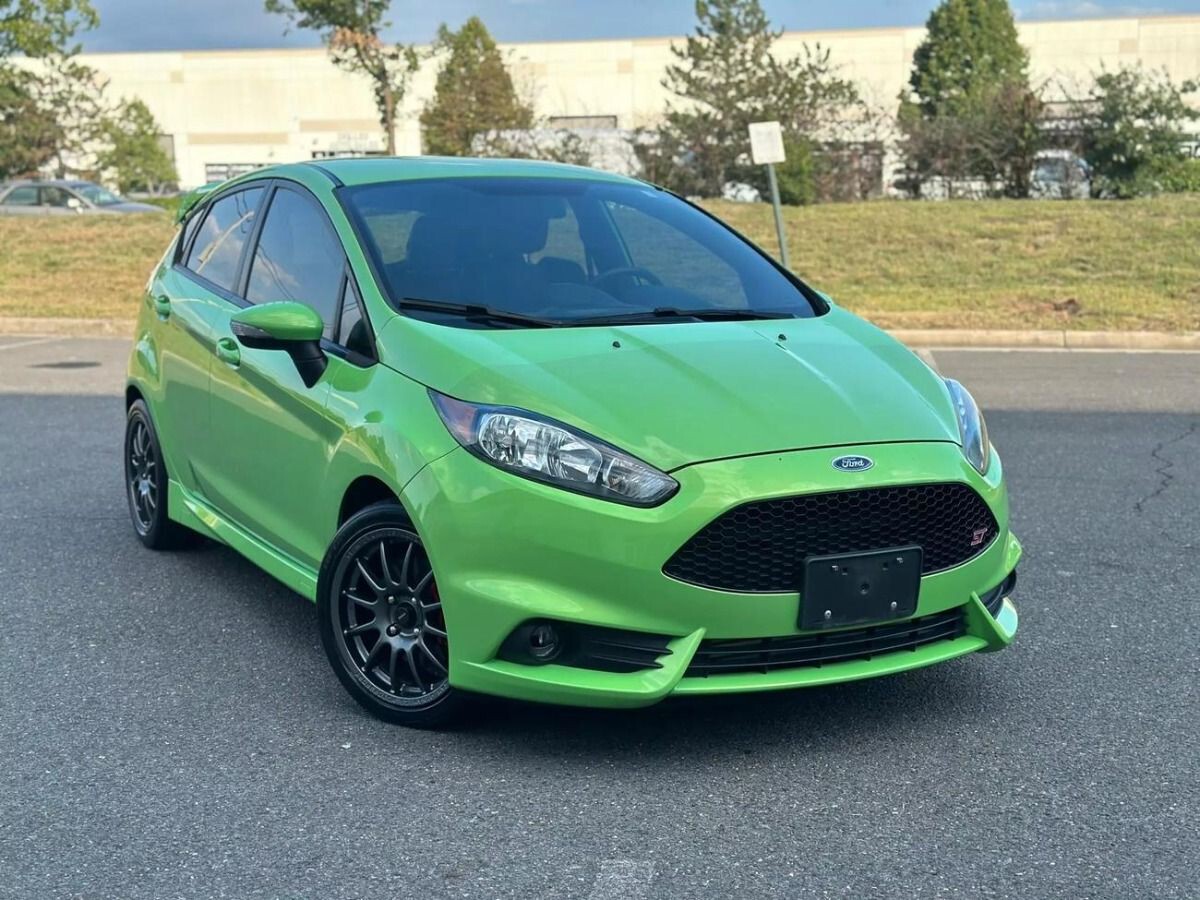
Besides the transmission woes, the Fiesta was also known for inconsistent build quality, poor sound insulation, and a cramped rear seat. Consumer Reports and J.D. Power reliability rankings consistently placed it at or near the bottom of the subcompact car segment.
Even with its sharp handling and fuel economy, the Fiesta’s mechanical failures overshadow its strengths. Buying a used Fiesta from this generation is a gamble most people aren’t willing to take anymore—and rightly so.
Unless you’re a mechanic looking for a project car, this is one Ford best left in the rearview mirror.
5. Ford EcoSport (2018–2022)
The Ford EcoSport was Ford’s attempt to compete in the growing subcompact SUV market. Introduced to the U.S. in 2018, it was marketed as a fuel-efficient city vehicle with SUV practicality. However, it quickly revealed flaws that made it one of Ford’s least reliable recent offerings.
One of the biggest criticisms of the EcoSport was its underpowered and inefficient engines. The 1.0L EcoBoost engine was sluggish and prone to oil leaks and overheating, while the 2.0L variant didn’t fare much better. Owners also frequently reported problems with the transmission—especially clunky shifting and hesitation during acceleration.
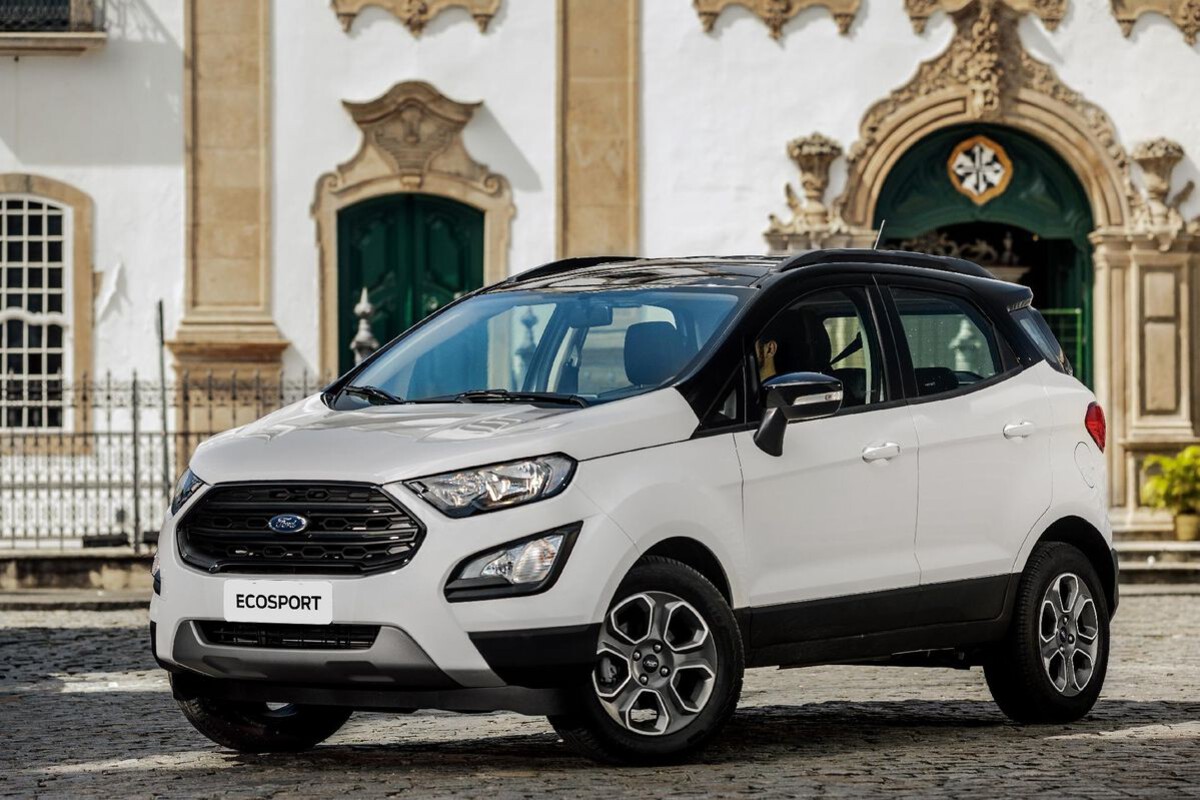
Inside, the vehicle suffered from low-rent interior materials and outdated technology compared to rivals. Wind and road noise were prominent at highway speeds, and the ride quality was jittery on rough roads. Worse, the quirky rear door (which swings open sideways instead of upward) was impractical for tight parking situations.
While it looked like a good option for urban drivers, the EcoSport ended up being a disappointment in both reliability and driving satisfaction. Ford discontinued the model in 2022, quietly admitting its failure to meet expectations. If you’re looking for a dependable small SUV, skip the EcoSport and explore better alternatives.
Ford has built some incredibly reliable vehicles that have earned loyal followings and stood the test of time. Models like the F-150, Fusion, Escape, Ranger, and the indestructible Crown Victoria prove that when Ford gets it right, the results are impressive. These cars and trucks offer excellent long-term value, are easy to maintain, and often deliver performance far beyond their price point. They’ve become go-to options for drivers looking for dependable vehicles across different categories.
However, not every Ford has been a success story. The Focus, Fiesta, Explorer, Edge, and EcoSport reveal the other side of the brand—vehicles plagued by design flaws, unreliable transmissions, and costly repairs. These models serve as important reminders that a strong brand reputation doesn’t always guarantee a quality product.
If you’re considering a Ford for your next vehicle, doing your homework is essential. Reliability varies significantly from model to model and even across different production years. By knowing which Fords to trust and which ones to avoid, you can make a smart, informed decision that saves you time, money, and frustration down the road.
Choose wisely, and your Ford might just become one of those cars that runs strong for hundreds of thousands of miles.

